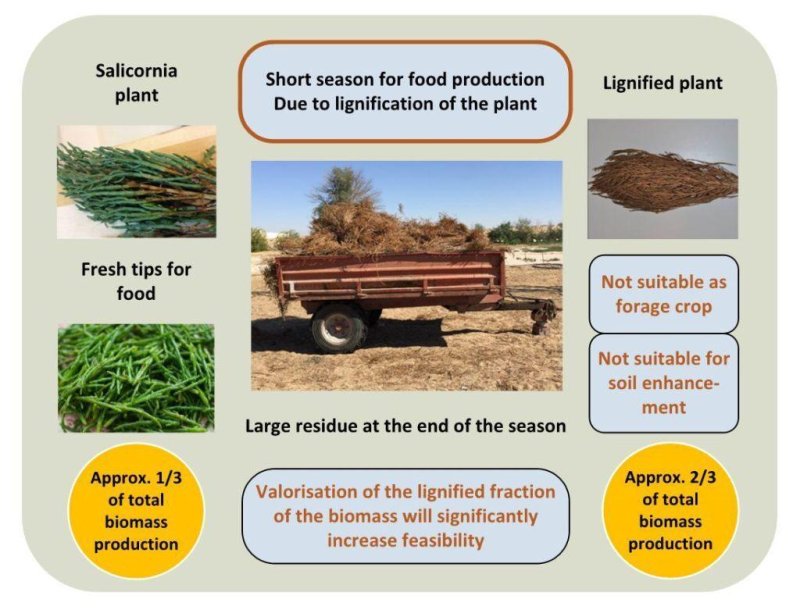About the Saline Agri Map
Background
Netherlands Food Partnership (NFP) and Netherlands Water Partnership (NWP) have partnered with the Vrije Universiteit Amsterdam (VU) to develop the Saline Agri Map (SAM). The SAM allows an interactive exploration of projects and initiatives on saline agriculture included in this database. Saline agriculture refers to agricultural endeavors on salt-affected soils.
The content for Europe, Asia, North Africa, and the Arabian peninsula of the SAM is primarily based on results of the SALAD (Saline AgricuLture for ADaptation) research project. The content for sub-Saharan Africa is based on a VU-led project commissioned by the Sustainable Development Goals Partnership (SDGP), a programme of the Netherlands Enterprise Agency. The latest extension of the map is based on data collection within the COST Action SUSTAIN led by the VU.
Expansion
The Saline Agri Map will be updated and expanded on a rolling basis to broaden the database's geographical scope. The introduction of new projects and initiatives will not only enhance the existing pool of lessons learned, but also broadens the global network of expertise in saline agriculture. Twice per year, the database will be updated to allow new projects to be included.
The SAM is now open for other projects and initiatives to be added to the database!!
New projects can be submitted by means of an online form. The SAM coordinating team reviews submissions and assesses their suitability for inclusion in the database. Projects have to fulfill the criteria mentioned below, following SALAD's initial inclusion methodology.
Inclusion criteria
The projects and initiatives featured on the Saline Agri Map encompass a broad spectrum, including both formal projects and innovative initiatives or partnerships. The SAM features both active and completed initiatives, showcasing the evolution and outcomes of initiatives over time. The SAM captures a diverse range of regions and countries, providing a comprehensive overview of global efforts in saline agriculture. This diversity ensures a rich repository of experiences and insights for the global community engaged in addressing saline agriculture challenges. Additionally, the inclusion criteria are as follows:
- Collaborative initiatives: that involve more than one partner/member. These initiatives can include a mix of participants, such as companies, civil society organisations, and government entities at various levels (national, regional, or local).
- International and Transnational Institutions: These initiatives involve organisations that operate across country borders.
- Common Governance Goal and significant governance function: These initiatives aim to influence policies and behaviours among their members or a broader community. They perform important governance functions to achieve their goals.
Procedure
- Check Criteria: Ensure that all inclusion criteria for the initiative are met.
- Fill in and Submit the Form: Fill out and submit the designated form available at www.salineagrimap.com/get-in-touch/.
- Await Approval Notification: Await notification of approval and, if necessary, be prepared to provide any additional information requested.
- Website Upload: Upon approval, the project will be uploaded to the website.
- Support Dissemination: Actively participate in and support the dissemination of SAM to contribute to the global network of saline agriculture expertise.
Outreach
The Saline Agri Map will be presented and can be used in upcoming events by the coordinating organizations, as well as those who have uploaded projects included on the map. Additionally, the content of SAM has contributed to several reports and policy briefs. Through webinars, these findings will be shared with a wider community interested in the topic of saline agriculture. These knowledge products and webinars can be found on the website of SAM under the knowledge portal.
